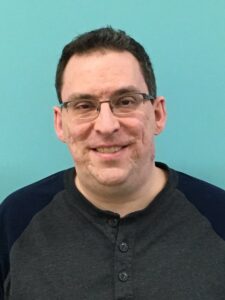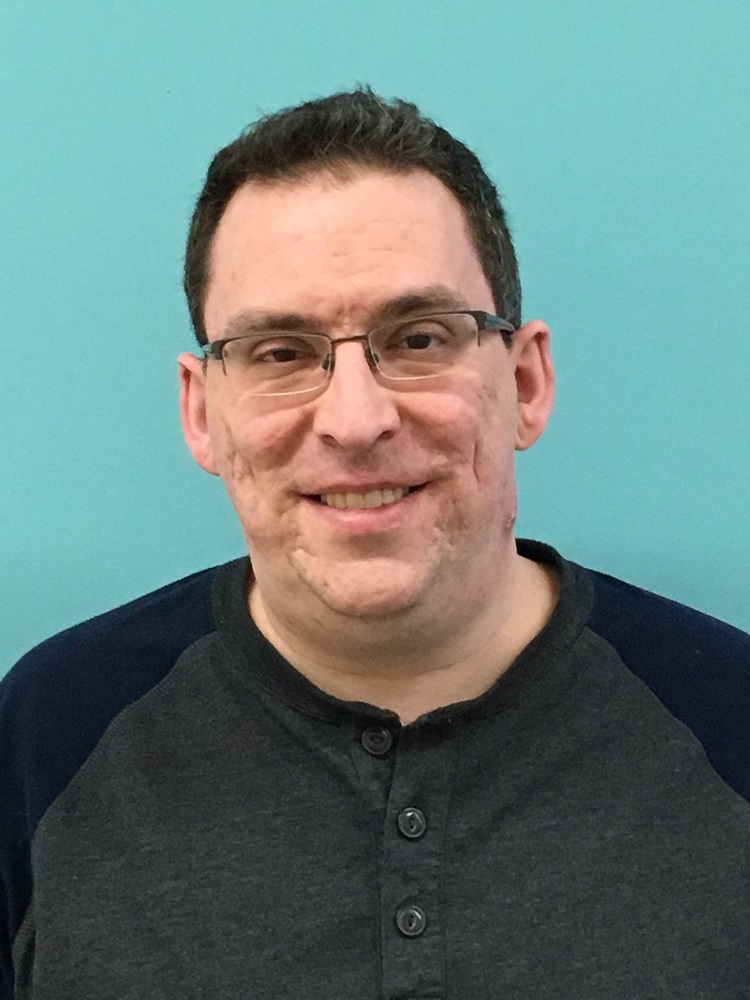
Ryan Lang | Courtesy
An Indian Head Penny in exchange for a keg of beer — the prize students could get for solving a sheet of 12 brainteasers left on a college campus in 1981.
Over 35 years ago, a student hid the coin on the Massachusetts Institute of Technology campus, creating the MIT Mystery Hunt, one of the most notorious annual puzzle competitions in the world. Each January, nearly 2,500 people gather at MIT to compete in the hunt.
New Physics Professor Ryan Lang said he didn’t want to be introduced on campus as the “puzzle guy.” When he was a graduate student at MIT, an aspiring electrical engineer, he changed course to pursue a doctorate in physics. After he finished school, Lang worked for NASA for two years in Maryland, became a member of the LIGO Scientific Collaboration research team just before its groundbreaking gravitational wave detection in 2015, and finally landed a spot teaching physics courses at Hillsdale College.
The MIT graduate has also participated in the MIT Mystery Hunt for 18 years. After participating as a freshman in 1999, he formed his own team of five core members, all close friends. Now he’s co-captain of a squad of 70.
“I found a couple of friends to do it and we did it,” Lang said. “And then I found a few more friends and a few more friends and somehow we have survived doing this now past all of us graduating and moving on.”
The puzzles have grown from 12 clues to over 100 objectives divided among several rounds, with some “meta-puzzles” requiring the participants to solve entire rounds before calling the organizers’ desk to confirm their solution. These aren’t just simple crossword puzzles.
“These puzzles can be crosswords, anagrams, cryptograms, number puzzles, multimedia puzzles, geometrical puzzles, physical challenges, mystery trails, scavenger hunts, inter-team games, or anything else that the hunt organizers can think up,” according to MIT’s Mystery Hunt website.
The site also claims that teams usually take 48 hours to finish the competition, although the 2013 hunt lasted 73. Lang’s team will even work overnight in the hopes of finding the coin.
“Some people will go 8 a.m. to 10 p.m.,” he said.
On some occasions the puzzle-solvers have found themselves up before the sun, working tirelessly to get to the next problem.
“It’s still fun,” Lang said. “You want those moments ’cause sometimes there’s a moment at 6 a.m. where you figure something out and you’re there with two of your closest friends in the world and you figure out this crazy puzzle.”
The prize for solving the puzzles and finding the coin is no longer a keg of beer, since the game’s creator graduated in 1983. Instead, the winning team crafts the puzzles for next year, hides a small object called the “coin,” and runs the entire event. The hunt is even officially recognized in MIT’s January event listings, which show all the activities for the college’s independent study period before the second semester begins.
Lang said that after he tried the hunt as a freshman, he founded his current team at the 2000 competition. The group worked its way up from dorm rooms to reserved classroom spaces with food, sleeping areas, and round-the-clock phone managers.
“You submit that you want an answer and you type it in, then they call you back and tell you if it’s right or not,” he said. “There’s now a designated hunt phone for the team.”
Now they rent hotels instead of sleeping in the classrooms, and the team is large enough that Lang doesn’t even know all of the members. Teams at the event range from five to 200 people.
His core group of friends still remains active in the competition each year.
“You want a wide skill set of people who know a lot about different things,” he said.
The group spends the weekend solving puzzles either on campus or from computers, some taking shifts on the local phone every two hours.
“We have these Google docs and a whole software someone wrote that manages it and keeps track of what we solve. Someone’s in charge of putting the new puzzles on that,” Lang said. “In the old days when we solved a puzzle, we solved so few that we’d just stick it to the wall with a thumbtack.”
The team of 70 solvers works around the clock, but they’ve never won the competition. They did finish the hunt once.
“It’s really hard,” he said. “It’s got a lot of teams in it that are made up of people who have no affiliation with MIT at all at this point. These people write crossword puzzles for the New York Times, and they hunt against us. They do this stuff all year round.”
Regardless of his success with Mystery Hunt, Lang’s enthusiasm for science, especially his field, has made a positive impact on students’ experience in the classroom.
“He’s really approachable, he’s really excited about science in general, specifically physics and teaching it to freshmen students,” said Clint Pagurko, a freshman in Lang’s introductory physics course. “I also heard that he was working on the project that first observed gravitational waves, so that was really cool to know that he’s kind of at the top of his field, and he’s teaching freshmen.”

